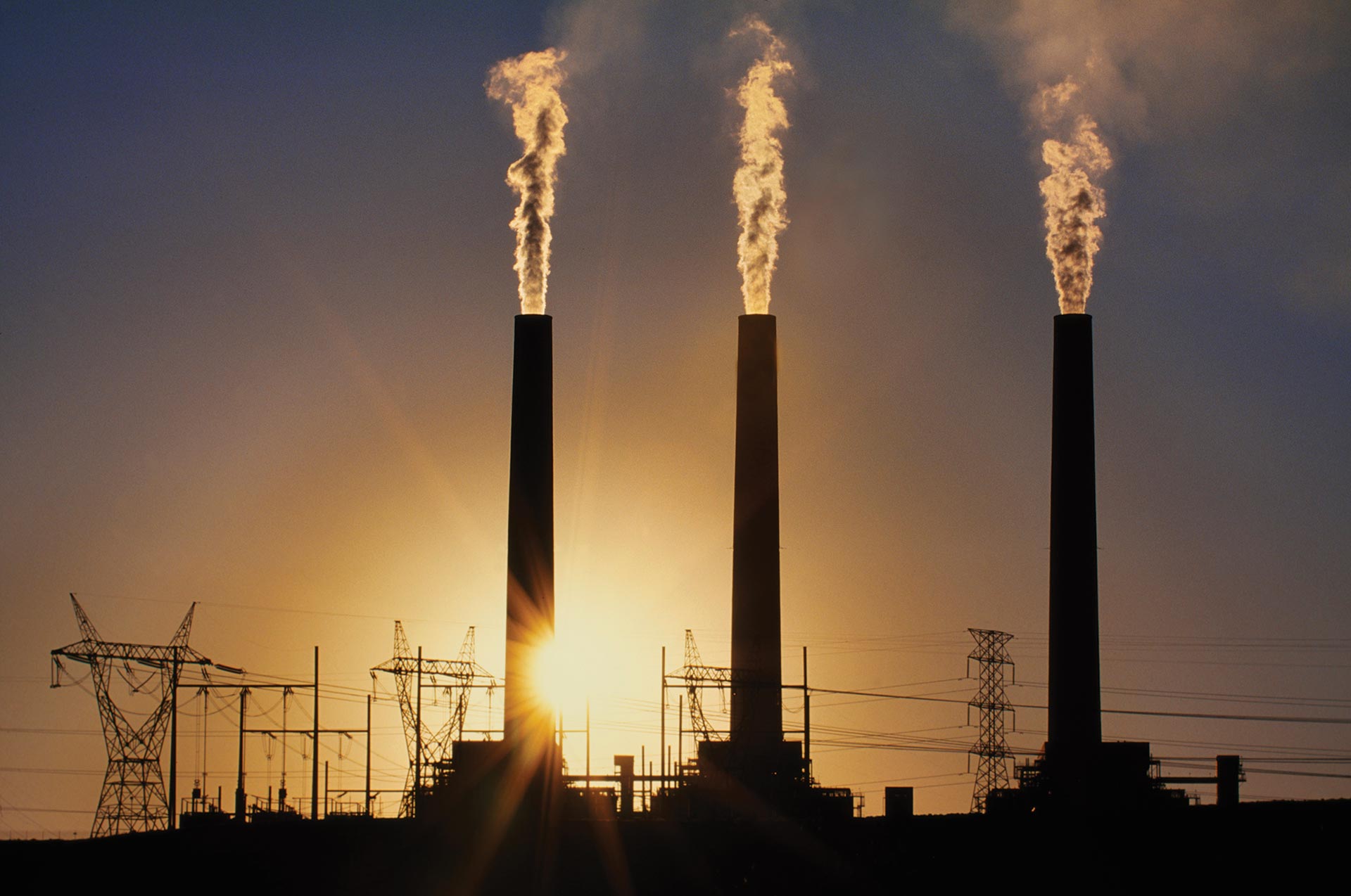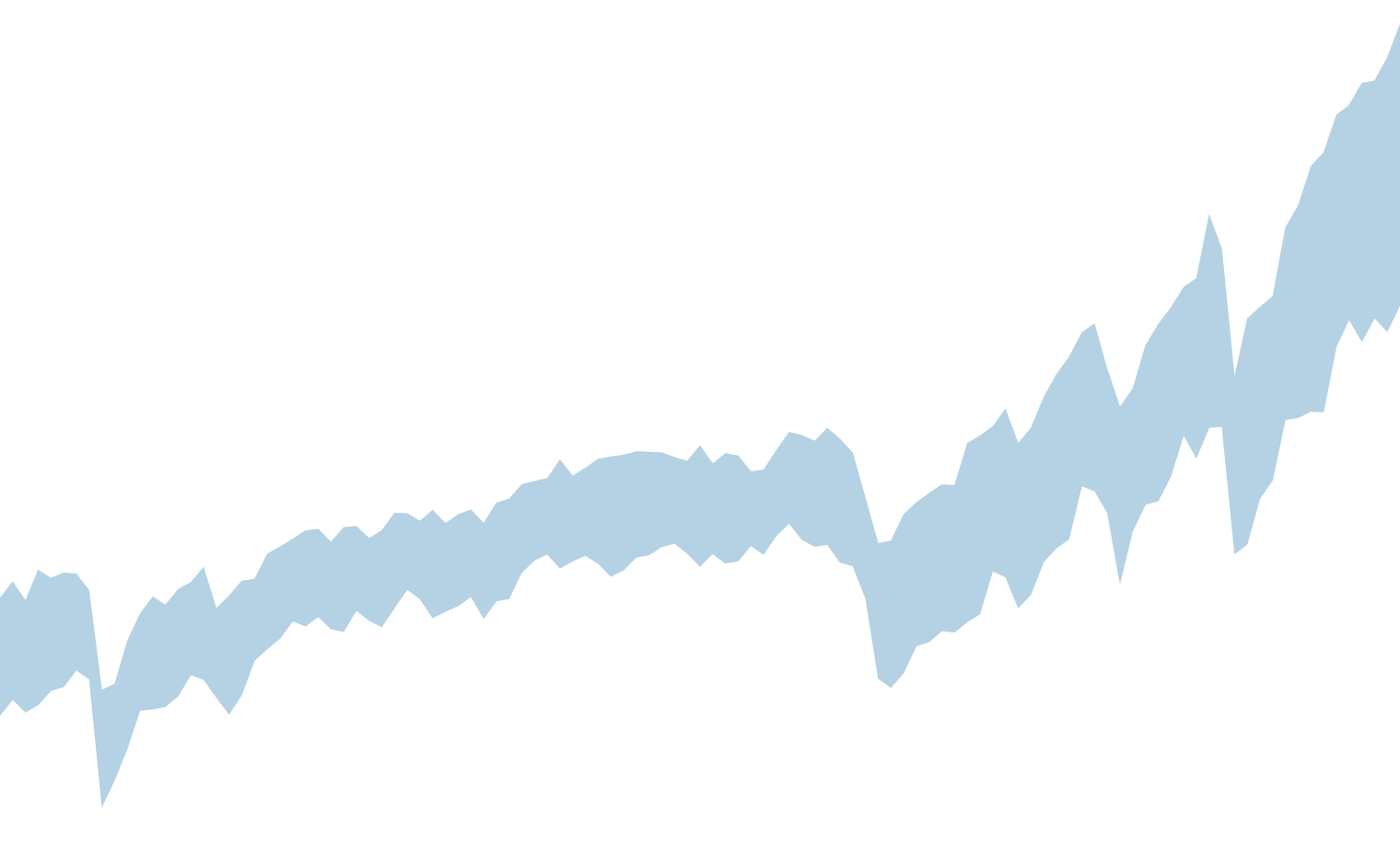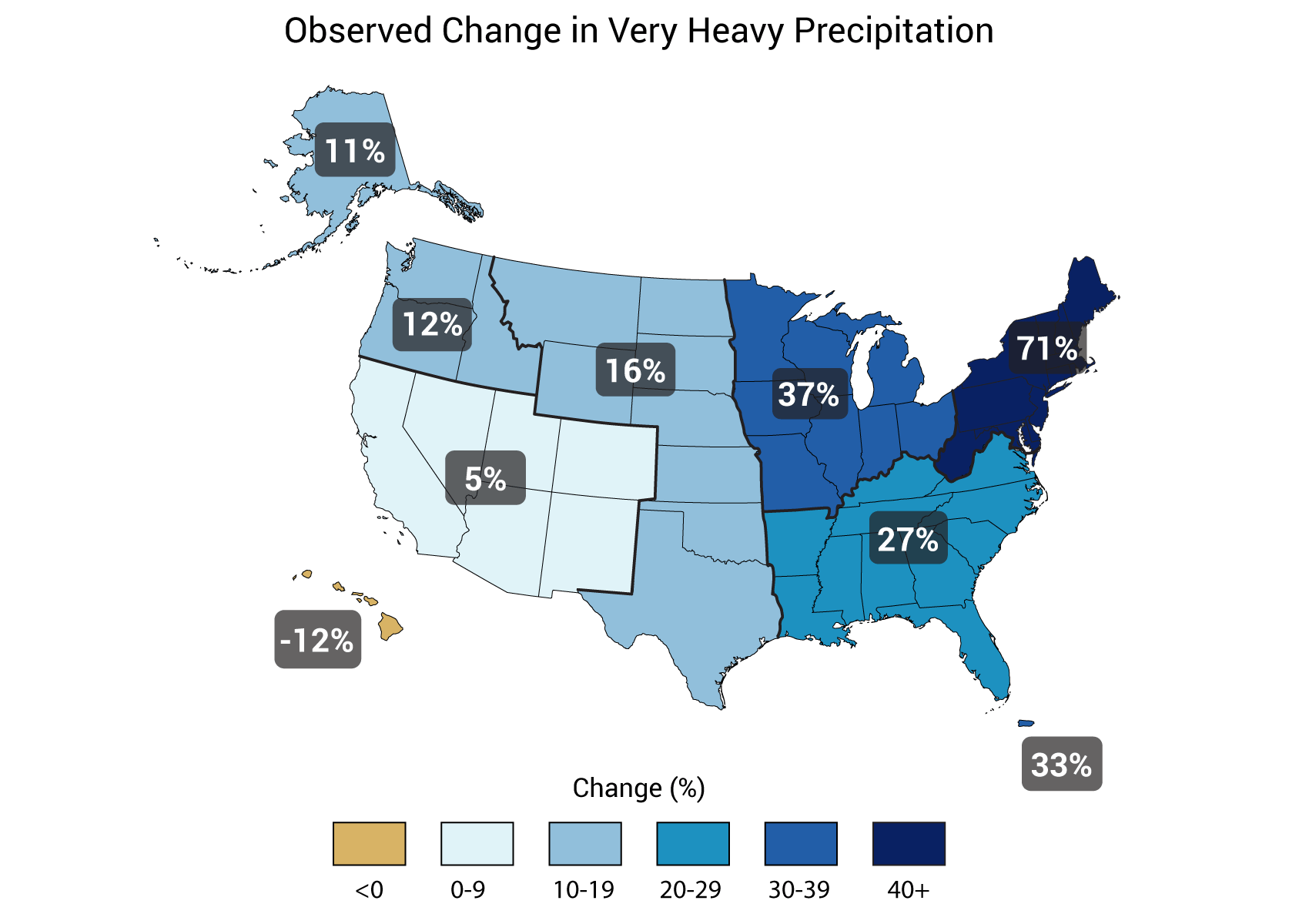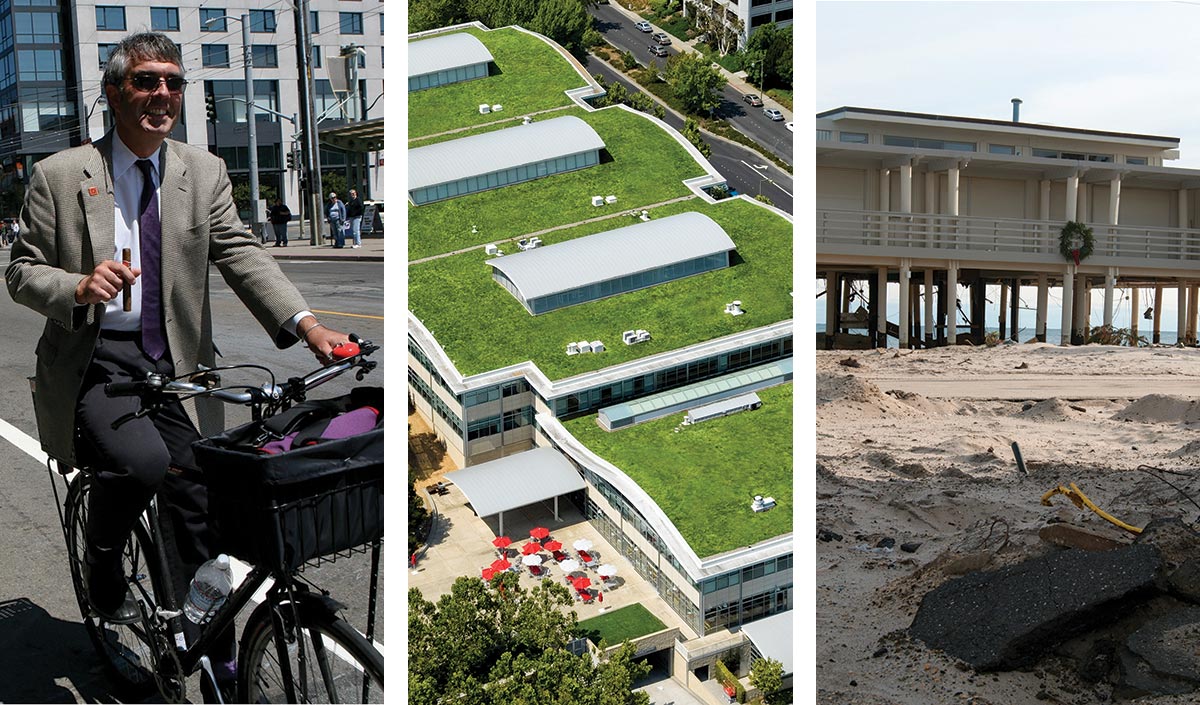Introduction
Climate change, once considered an issue for a distant future, has moved firmly into the present. Corn producers in Iowa, oyster growers in Washington State, and maple syrup producers in Vermont are all observing climate-related changes that are outside of recent experience. So, too, are coastal planners in Florida, water managers in the arid Southwest, city dwellers from Phoenix to New York, and Native Peoples on tribal lands from Louisiana to Alaska. This National Climate Assessment concludes that the evidence of human-induced climate change continues to strengthen and that impacts are increasing across the country.
Americans are noticing changes all around them. Summers are longer and hotter, and extended periods of unusual heat last longer than any living American has ever experienced. Winters are generally shorter and warmer. Rain comes in heavier downpours. People are seeing changes in the length and severity of seasonal allergies, the plant varieties that thrive in their gardens, and the kinds of birds they see in any particular month in their neighborhoods.
 ©Ted Wood Photography
©Ted Wood Photography
Other changes are even more dramatic. Residents of some coastal cities see their streets flood more regularly during storms and high tides. Inland cities near large rivers also experience more flooding, especially in the Midwest and Northeast. Insurance rates are rising in some vulnerable locations, and insurance is no longer available in others. Hotter and drier weather and earlier snow melt mean that wildfires in the West start earlier in the spring, last later into the fall, and burn more acreage. In Arctic Alaska, the summer sea ice that once protected the coasts has receded, and autumn storms now cause more erosion, threatening many communities with relocation.
Scientists who study climate change confirm that these observations are consistent with significant changes in Earth’s climatic trends. Long-term, independent records from weather stations, satellites, ocean buoys, tide gauges, and many other data sources all confirm that our nation, like the rest of the world, is warming. Precipitation patterns are changing, sea level is rising, the oceans are becoming more acidic, and the frequency and intensity of some extreme weather events are increasing. Many lines of independent evidence demonstrate that the rapid warming of the past half-century is due primarily to human activities.
The observed warming and other climatic changes are triggering wide-ranging impacts in every region of our country and throughout our economy. Some of these changes can be beneficial over the short run, such as a longer growing season in some regions and a longer shipping season on the Great Lakes. But many more are detrimental, largely because our society and its infrastructure were designed for the climate that we have had, not the rapidly changing climate we now have and can expect in the future. In addition, climate change does not occur in isolation. Rather, it is superimposed on other stresses, which combine to create new challenges.
 ©Bill Miles/Mint Images/Corbis
©Bill Miles/Mint Images/Corbis
This National Climate Assessment collects, integrates, and assesses observations and research from around the country, helping us to see what is actually happening and understand what it means for our lives, our livelihoods, and our future. The report includes analyses of impacts on seven sectors – human health, water, energy, transportation, agriculture, forests, and ecosystems – and the interactions among sectors at the national level. The report also assesses key impacts on all U.S. regions: Northeast, Southeast and Caribbean, Midwest, Great Plains, Southwest, Northwest, Alaska, Hawai'i and Pacific Islands, as well as the country’s coastal areas, oceans, and marine resources.
Over recent decades, climate science has advanced significantly. Increased scrutiny has led to increased certainty that we are now seeing impacts associated with human-induced climate change. With each passing year, the accumulating evidence further expands our understanding and extends the record of observed trends in temperature, precipitation, sea level, ice mass, and many other variables recorded by a variety of measuring systems and analyzed by independent research groups from around the world. It is notable that as these data records have grown longer and climate models have become more comprehensive, earlier predictions have largely been confirmed. The only real surprises have been that some changes, such as sea level rise and Arctic sea ice decline, have outpaced earlier projections.
What is new over the last decade is that we know with increasing certainty that climate change is happening now. While scientists continue to refine projections of the future, observations unequivocally show that climate is changing and that the warming of the past 50 years is primarily due to human-induced emissions of heat-trapping gases. These emissions come mainly from burning coal, oil, and gas, with additional contributions from forest clearing and some agricultural practices.
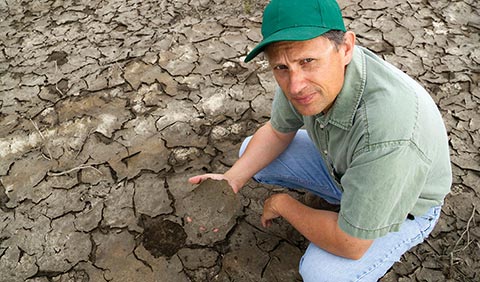 ©iStockPhoto.com/shotbydave
©iStockPhoto.com/shotbydave
Global climate is projected to continue to change over this century and beyond, but there is still time to act to limit the amount of change and the extent of damaging impacts.
This report documents the changes already observed and those projected for the future.
It is important that these findings and response options be shared broadly to inform citizens and communities across our nation. Climate change presents a major challenge for society. This report advances our understanding of that challenge and the need for the American people to prepare for and respond to its far-reaching implications.


















